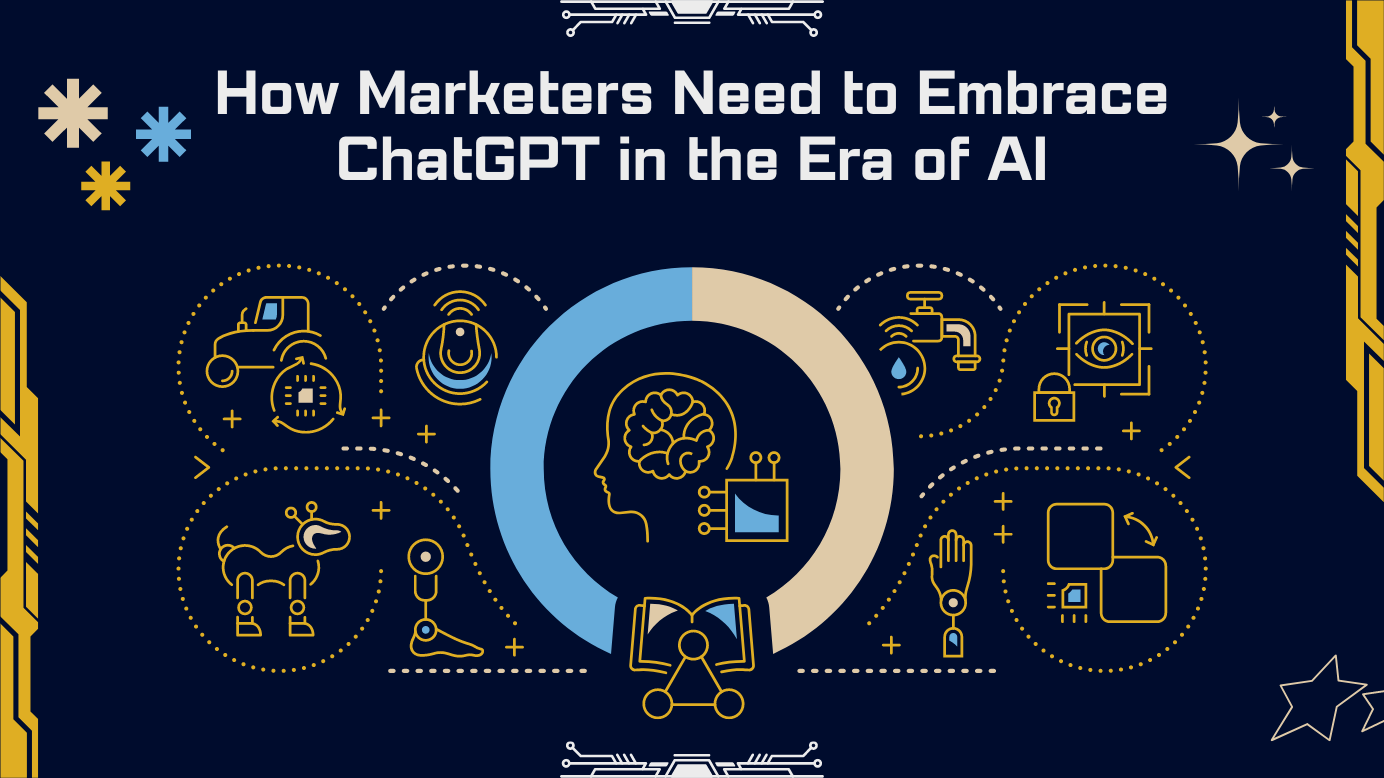Marketing Strategy

Why Only 3.8% of businesses use AI Paid Members Public
Artificial Intelligence (AI) has been a buzzword for quite some time now, and it's no secret that many industries have embraced this technology to improve their processes and products. Only 3.8% of businesses reported using AI to produce goods and services, according to the most recent Business

How Hybrid Work is Reshaping Major Cities and Your Marketing Paid Members Public
As the world continues to cope with the impacts of the pandemic, many businesses are shifting away from standard office operations and embracing a more hybrid work model. As we adjust to this new reality, it is becoming increasingly evident that there will be long-term changes in urban environments as

Content Curation: The Key to Success in the Creator Economy Paid Members Public
Marketing is a fast-paced industry, and marketers entering the field must be up-to-date with the latest trends and techniques to stay competitive. One crucial trend that has emerged in recent years is content curation. This practice involves finding and sharing relevant content from external sources to engage with and educate

How Marketers Need to Embrace ChatGPT in the Era of AI Paid Members Public
ChatGPT's growth in the marketing and advertising space is undeniable. It's quickly becoming the go-to tool for marketers to increase productivity, streamline processes, and better engage audiences. But as with any new technology, there are a few things marketers need to keep in mind if they

8 Tips for Working With a Marketing Agency and Achieving Great Results Paid Members Public
Digital advertising agencies have become essential to many businesses, providing the necessary support and expertise to create successful campaigns. Working with a digital ad agency can be rewarding and challenging, so knowing some best practices for creating a great working experience is important. Here are eight key elements that can

How BtoB Marketing Budget Will Change in 2023 for Tech Companies Paid Members Public
It's no secret that the economy is facing an uncertain future. 2023 is looking particularly grim, with many businesses struggling and facing a major cutback in their marketing budgets. BtoB companies are no exception to this, and they are already beginning to make changes. For example, instead of

How to Build a Powerful Marketing Plan: A Step-by-Step Guide Paid Members Public
In today's competitive business world, having a well-crafted marketing plan is essential for success. A marketing plan serves as a roadmap that outlines your goals, target audience, strategies, and tactics to promote your products or services effectively. Whether you're just starting a business or looking to

How to Write a Marketing Plan Paid Members Public
Mastering the Art of Creating an Effective Marketing Plan In today's fast-paced and competitive business landscape, having a well-crafted marketing plan is crucial for the success of any organization. A marketing plan serves as a roadmap, guiding businesses towards their goals and helping them make informed decisions. However,